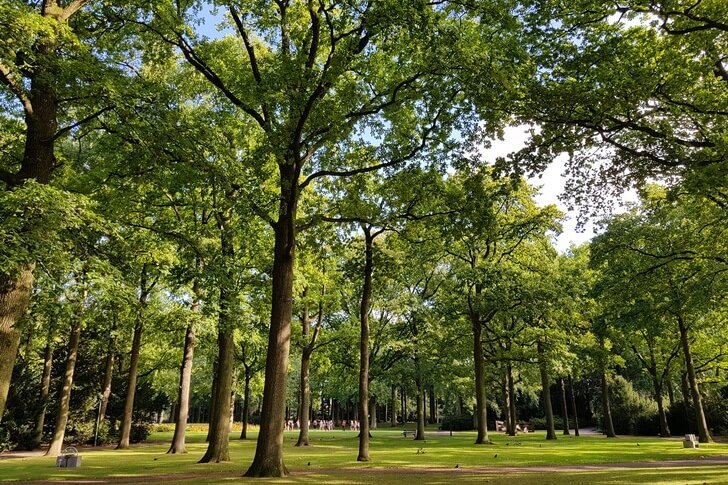Eindhoven is a city that looks to the future and does not forget about its history. Here, historical monuments of different eras and futuristic buildings, created quite recently, easily coexist.
Walking through the local streets is like a tour in itself. You just have to look around and your eye will definitely “catch” on something: be it the bewitching Flying Pins installation or the Church of St. Catherine. You can also travel by car, but Eindhoven is a real paradise for walkers and cyclists. For example, both of them have free access to the “floating” Hovenring bridge.
There is a real cult of the PSV club in the city, so it will be difficult to stay away from the football fever. The Philips company has also inscribed itself many times in the history of the city, which can be confirmed in their museum.
What to see and where to go in Eindhoven?
The most interesting and beautiful places for walking. Photos and a short description.
Philips Stadium
Built in 1913 near the city center. Home arena of PSV football club. Expanded several times, last modified in 2004. Capacity - 35 thousand people. The stadium hosted matches of the national team and the 2000 European Championship. In the 22nd row of sector D, the place at number 43 is always empty. It is assigned to Fritz Philips, President of Philips, who died at the age of 100.
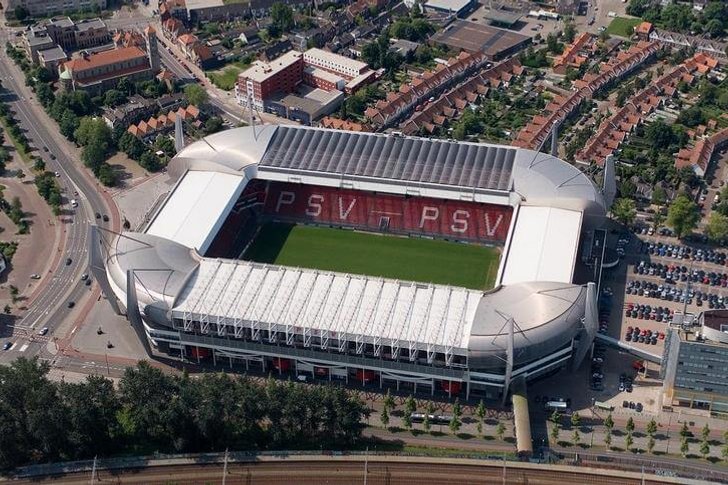
PSV Museum
Located at Philips Stadium. During the tour, you can learn the history of the PSV football club. There is also a free audio guide. All the won cups are displayed in the halls. In addition, the exposition presents rare and most famous photographs, memorabilia, screens where the footage of the chronicle is scrolled. The museum has a gift shop. There are special interactive programs for children.

Church of St. Catherine
Peter Kuipers was responsible for the design of the Catholic church. The first stone was laid in the city center in 1861. We finished the main work and consecrated the church after 6 years. The architectural style is neo-Gothic. The basilica has survived to this day with three naves. It has 2 towers, which are named after David and Mary and rise to 73 m. In 1972, the building was recognized as a national monument.

Augustinian Church
Located in the Inner City. Founded in 1327 by Frederick the Handsome. The monastery of the Augustinian order worked at the church. The building changed owners, in 1951 it was finally returned to the Augustinians. The architectural style is baroque. Significant events took place here, including the wedding of Napoleon with his second wife Marie-Louise. The main value is the "crypt of hearts" - 54 urns with the hearts of the Habsburgs.

Van Gogh Village Nuenen
A famous artist came here in 1883 and lived in Nuenen for 2 years. This period was difficult for the master due to the death of his father. It was then that he wrote his first masterpiece, The Potato Eaters. The area has become famous over the years. Tourists can get acquainted with the work of Van Gogh, thanks to interactive exhibitions. Their goal is to immerse in the atmosphere of the past and give an idea of what exactly inspired Vincent.
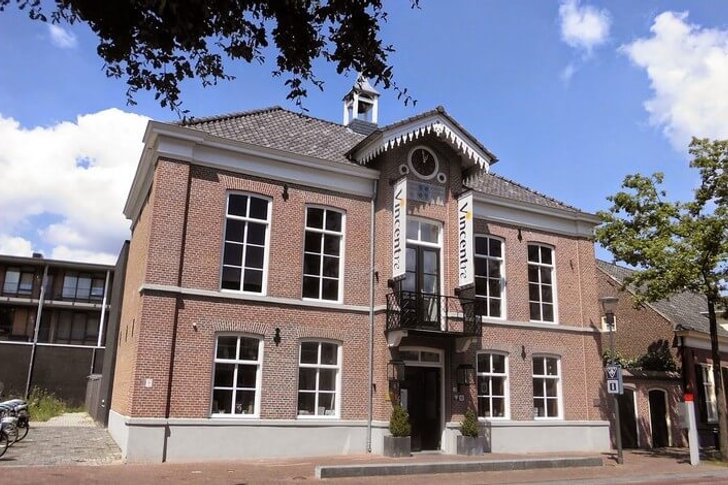
DAF Museum
It was founded on the basis of the concern of the same name, which produces trucks. The profile of the museum is appropriate: major representatives of the automotive industry, although there are many exceptions. The atmosphere of the 30s of the last century is recreated on the 1st floor. There are souvenir shops, cafes, shops. The exposition is divided into categories according to eras and types of machines. There are also models that did not reach the conveyor and remained at the level of prototypes.
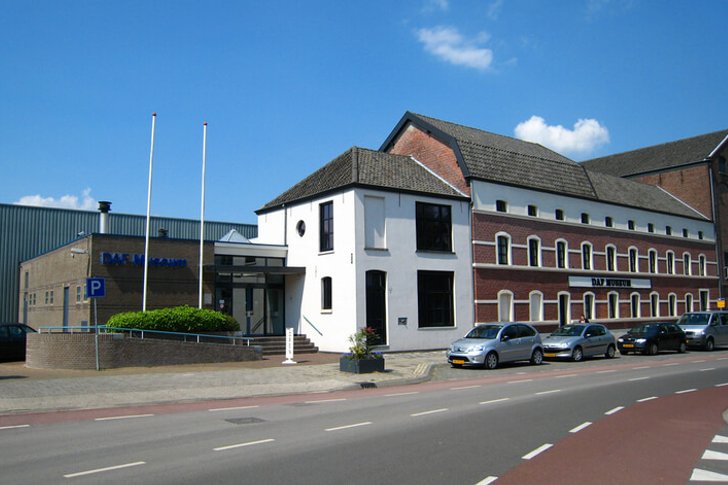
Philips Museum
Opened in 2013. The ceremony was attended by Queen Beatrix. The museum occupied the factory building where the first Philips incandescent lamp was produced in 1891. The exposition tells about significant events from the history of the company, demonstrating innovative products from different years. Before the eyes of visitors, a small family business turns into a corporation. New developments regularly replenish the collection.
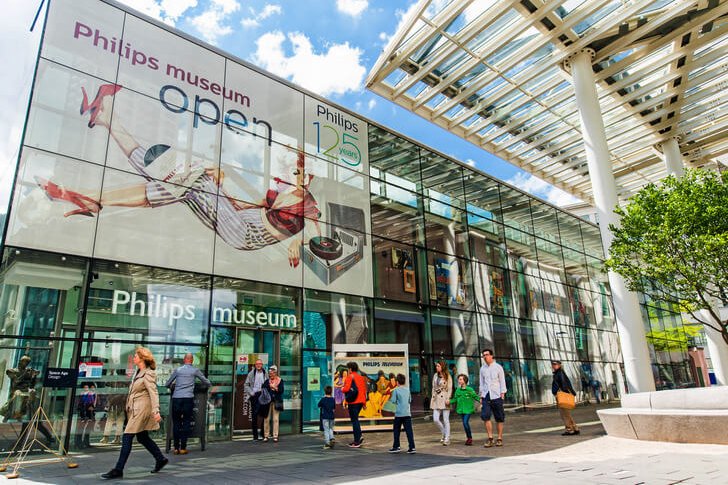
Van Abbe Museum
Created in 1936 and named after its founder, a Dutch tobacconist who collected art. The museum was one of the first of its kind. Its collection consists of works by authors of contemporary trends of their era. Among the paintings you can find paintings by Chagall, Picasso, Lissitzky. In addition to paintings, there are examples of poster art and sculpture. The funds include 2700 storage units.

"Prehistoric Village" (PreHistorisch Dorp)
An open-air museum dedicated to six historical periods. Works since 1982. Many paintings from the past can be observed from the side. Also, those who wish are able to visit the place of their ancestors. Tourists attend master classes in archery, cooking on an open fire, leather dressing. There are also games from different eras. There are programs for children and the opportunity to dress in costumes.

Parktheater
The theater building was built in 1964. This is one of the main sites of the city. Not only locals come here, but also tourists. Concerts of world-famous stars and large-scale shows take place within the walls of the Parktheater. In 2007 the building was reconstructed. There are 3 rooms in total. The largest of them is designed for 950 people. The medium one, named after the Philips company, is at 520. And the small one is at 250.
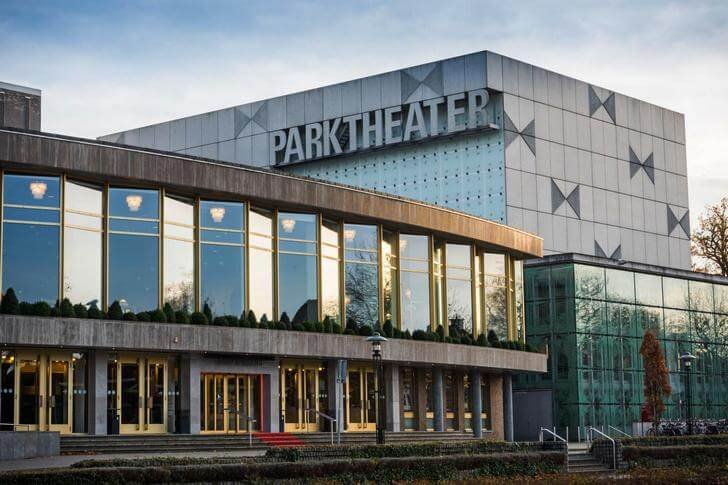
Evolution
Founded in 1966 as a museum of science and technology. Built at the suggestion of Fritz Philips in honor of the 75th anniversary of Philips. The dome has a diameter of 77 m and looks like a flying saucer. At first interactive exhibitions were very popular. The emergence of rival museums in neighboring cities forced the Evolution to close in 1989. Nearly 10 years later, the building was transformed into the conference center it is today.
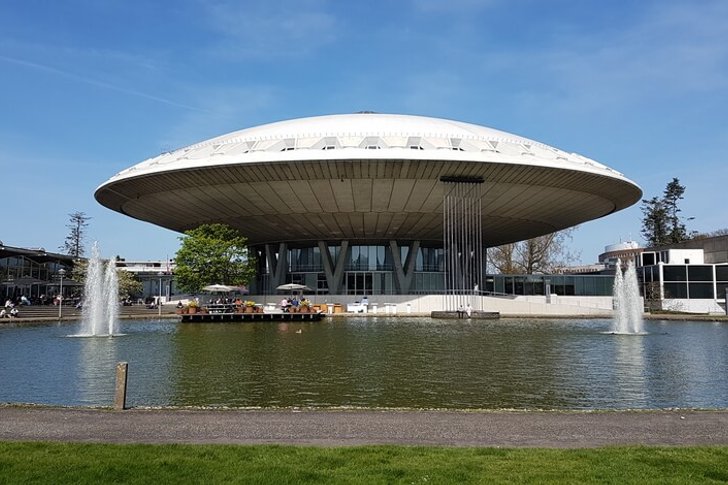
De Blob
The futuristic, streamlined building stands out from the surrounding buildings. The Italian architect Massimiliano Fuksas is behind the project. Made by "De Blob" of glass and steel. The structure rises by 25 m. Inside you can have a bite to eat or buy something: such an unusual building is the entrance to a large shopping center. There are several other examples of this style of architecture in the city.
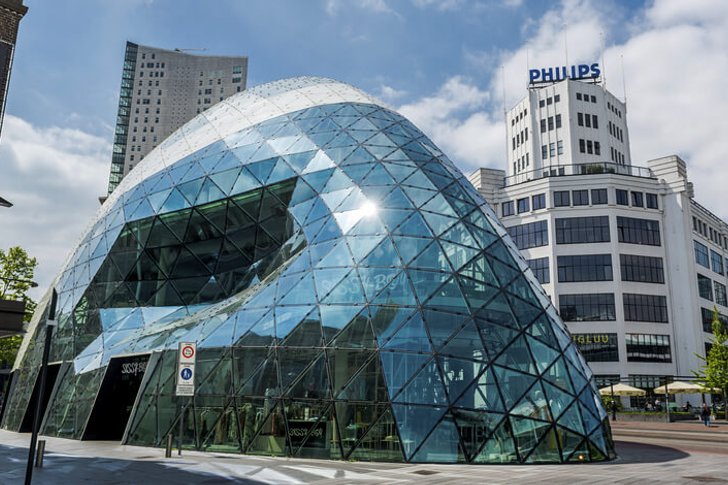
Hovenring Bridge
Opened in 2012. Located on the border of Eindhoven and Veldhoven. Tourists are attracted by the unusual design of the bridge, which has a diameter of 72 m. There are currently no analogues in the world. The bridge, relatively speaking, is floating in the air. It has only one support in the center, 70 m high. From it, 24 steel cables descend to the circular canvas of the bridge. Only pedestrians and cyclists can move around the Havenring.
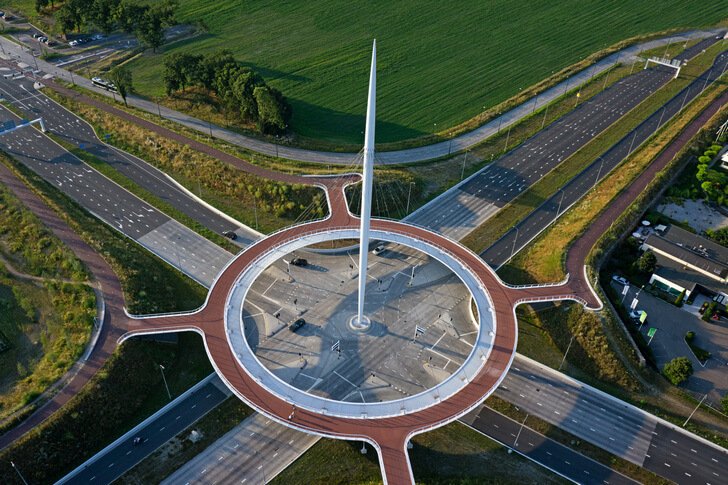
Sculpture Flying Pins
The project was created by Claes Oldenburg and Kosje van Bruggen in 2000. A huge bowling ball and skittles are "arranged" on the green area. And some of them look flying. The artists seemed to have caught the moment in dynamics and captured it. Material - steel and plastic. The height of the installation is up to 8.5 m. The skittles are painted yellow, like the daffodils that bloom nearby every year.
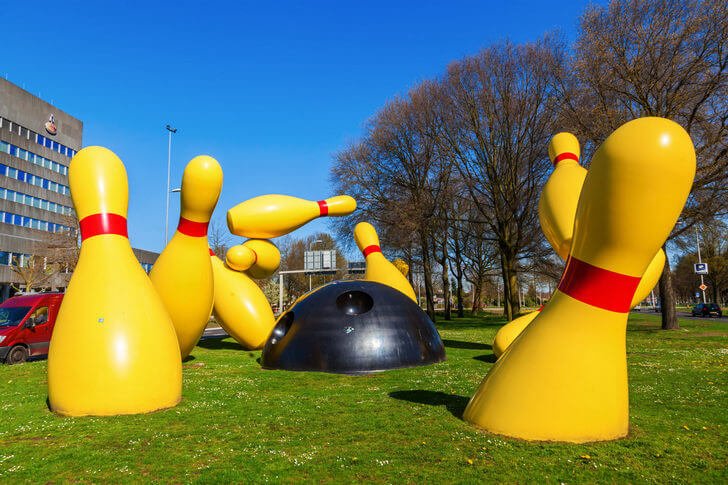
City park (Stadswandelpark)
It can be found in the southern part of Eindhoven. Not every city park can boast so much greenery. The lawns are always well maintained, the trees have grown a lot, but they look neat. Paths for comfortable walks are laid through the forest belt. There is a large lake with beautiful bridges and bizarre sculptures. Ducks and swans almost always live here.
